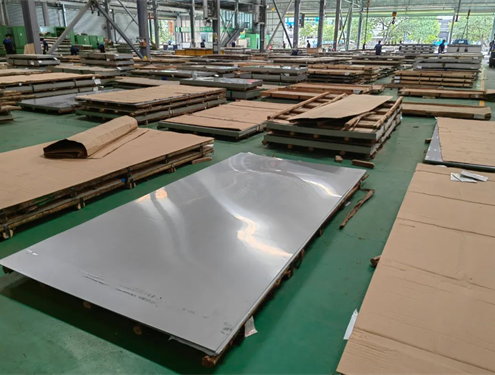4 things to note when processing stainless steel plates
What are the precautions for stainless steel plate processing?

Choose suitable processing methods and tools
1. Suitable processing methods should be used when processing stainless steel plates, such as cutting, forming, welding, etc. Different processing methods require the use of different tools and equipment, which should be selected according to specific circumstances.
2. Use special stainless steel knives and do not mix them to avoid iron powder contamination or accelerated tool wear.
3. Select the appropriate coolant to ensure the service life and processing effect of the tool.
Ensure the surface of the board is clean before processing
1. Before processing, the oil and dust on the surface of the plate should be cleaned to ensure the processing quality.
2. Drill small holes before cutting or drilling to prevent tool vibration from damaging the surface finish.
3. Do not touch the board directly with your hands during processing to avoid leaving fingerprints and stains.
Control processing temperature
1. The processing temperature of stainless steel plates should be controlled below 400°C. Excessive temperature may cause plate deformation, oxidation, annealing, and other problems.
2. The cutting speed of stainless steel plates should be moderate to avoid processing difficulties if it is too slow, and affecting the quality of the cut if it is too fast.
Ensure the surface quality after processing
1. Clean the oil stains and oxide scale on the surface of the plate promptly after processing to ensure surface finish and anti-corrosion.
2. For plates that require surface treatment, such as polishing, passivation, etc., they should be carried out before processing to avoid affecting the processing quality.
3. When processing stainless steel plates, attention should be paid to the surface quality after processing, and scratches or dents should be processed in time to ensure the appearance quality.


